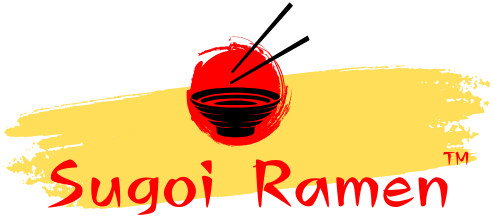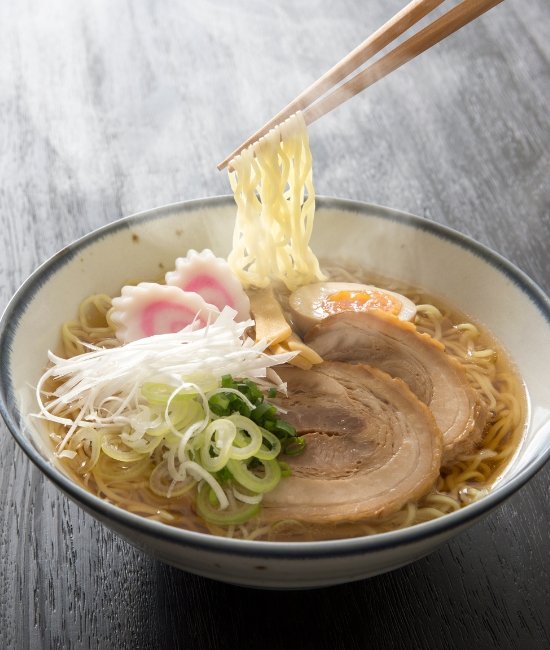When it comes to instant meals, Maggi and Ramen are two of the most popular choices worldwide. These convenient noodle options have become a staple for busy individuals and students alike. However, when viewed through the lens of health and nutrition, significant differences emerge. In this detailed analysis, we will provide a comprehensive health comparison: Maggi vs Ramen, focusing on ingredients, nutritional value, processing, and overall impact on health.
Understanding the Basics of Maggi and Ramen

What is Maggi?
Maggi, a product introduced by Nestlé, is a globally recognized instant noodle brand. It is known for its quick preparation, affordability, and unique spice blend. Typically, Maggi noodles are made from refined wheat flour, palm oil, and a pre-packaged seasoning mix that contains salt, flavor enhancers, and artificial additives.
What is Ramen?
Ramen, originating from Japan, is a more diverse and versatile noodle dish. While instant Ramen shares similarities with Maggi, traditional Ramen is a rich soup-based dish made with wheat noodles, broth, and various toppings such as vegetables, meat, and eggs. Instant Ramen often comes with dried vegetables and a seasoning pack, offering a broader flavor profile.
Nutritional Breakdown: Maggi vs Ramen
1. Calories
- Maggi: A standard serving of Maggi contains around 345-370 calories, depending on the flavor variant. These calories are primarily derived from carbohydrates and fats.
- Ramen: Instant Ramen contains approximately 380-450 calories per serving, with variations depending on the type of seasoning and additional toppings.
Verdict: Ramen often has a slightly higher calorie count but offers more flexibility in nutrient additions through toppings.
2. Sodium Content
- Maggi: A single serving of Maggi contains around 800-1000 mg of sodium, which is nearly half the recommended daily limit.
- Ramen: Instant Ramen typically contains 1000-1500 mg of sodium, with some brands going even higher.
Verdict: Both options are high in sodium, but Ramen tends to exceed the daily recommended intake more frequently.
3. Protein
- Maggi: Contains around 6-8 grams of protein per serving.
- Ramen: Ramen provides 8-10 grams of protein, with additional protein possible through toppings like boiled eggs or chicken.
Verdict: Ramen has a slight edge in protein content, especially when combined with nutritious add-ons.
4. Fat Content
- Maggi: Contains 13-15 grams of fat, including a notable amount of saturated fats.
- Ramen: Fat content varies widely but usually falls between 15-20 grams per serving.
Verdict: Both options are high in fat, though Ramen offers healthier fat options when fresh ingredients are incorporated.
5. Fiber and Micronutrients
- Maggi: Low in fiber and contains minimal vitamins and minerals unless fortified.
- Ramen: Instant Ramen can be equally low in fiber, but traditional Ramen with vegetables provides a richer source of nutrients.
Verdict: Traditional Ramen, with fresh ingredients, is far superior in fiber and micronutrient content compared to Maggi.
Health Impacts of Maggi vs Ramen

1. Additives and Preservatives
Maggi and instant Ramen both rely heavily on artificial additives, including MSG (monosodium glutamate), preservatives, and flavor enhancers. Prolonged consumption of these additives has been linked to health concerns like high blood pressure and metabolic disorders.
Recommendation: Opt for varieties labeled as MSG-free or those using natural seasonings.
2. Processing and Refinement
- Maggi: Made with refined wheat flour, which is low in fiber and nutrients, contributing to a higher glycemic index.
- Ramen: Similarly made with refined flour, but traditional Ramen uses fresh noodles, reducing the level of processing.
Verdict: Traditional Ramen is the healthier choice due to its less processed nature.
3. Customization and Versatility
Ramen provides the option to customize with vegetables, lean protein, and whole grains, transforming it into a balanced meal. Maggi, in its instant form, is more limited in versatility and nutritional enhancement.
Verdict: Ramen wins for its adaptability to healthier preparation methods.
How to Make Healthier Choices
For Maggi Lovers
- Add Vegetables: Boost the fiber and vitamin content by adding carrots, peas, spinach, or bell peppers.
- Limit Seasoning: Use only half the seasoning packet to reduce sodium intake.
- Incorporate Protein: Add a boiled egg, tofu, or grilled chicken.
For Ramen Enthusiasts
- Choose Whole-Grain Noodles: Opt for brands offering whole-grain or low-carb noodles.
- Prepare Fresh Broth: Avoid the seasoning packet by making your broth with low-sodium options.
- Add Toppings: Include fresh vegetables, lean meats, and herbs like coriander or spring onions.
Which is Better: Maggi or Ramen?

From a health perspective, Ramen has the potential to be a more balanced and nutritious option when prepared traditionally or with fresh, wholesome ingredients. Maggi, while convenient, is limited in terms of nutrient density and relies heavily on artificial flavoring.
Conclusion
When comparing Maggi vs Ramen, the latter offers greater flexibility to improve its nutritional value through customization. However, instant versions of both Maggi and Ramen are heavily processed and high in sodium, making them less ideal for regular consumption. By making conscious modifications and adding fresh, nutrient-dense ingredients, both noodles can be enjoyed as part of a healthy, balanced diet.







